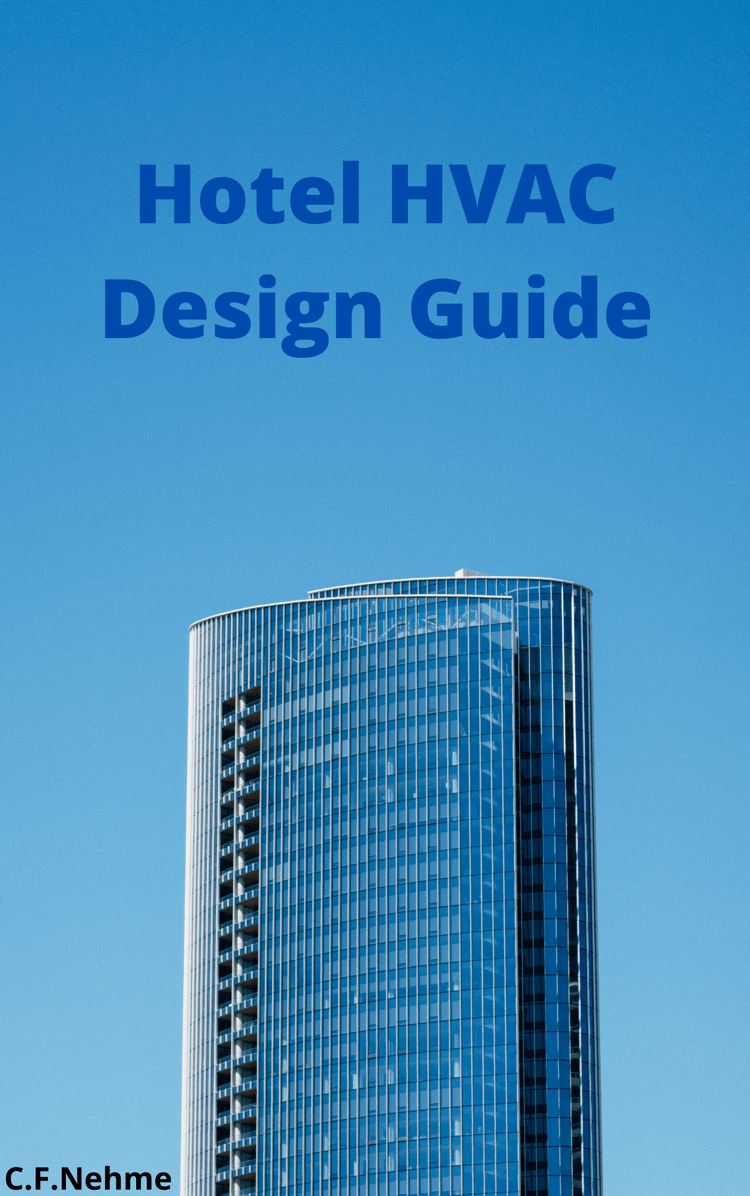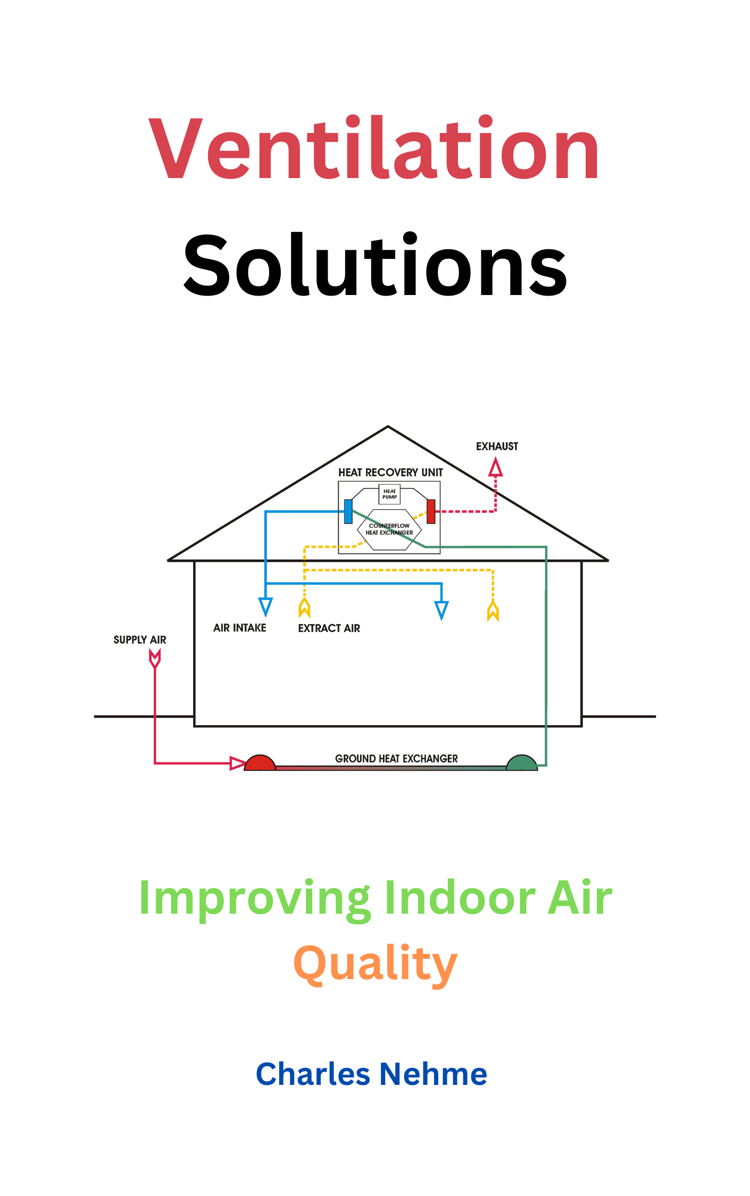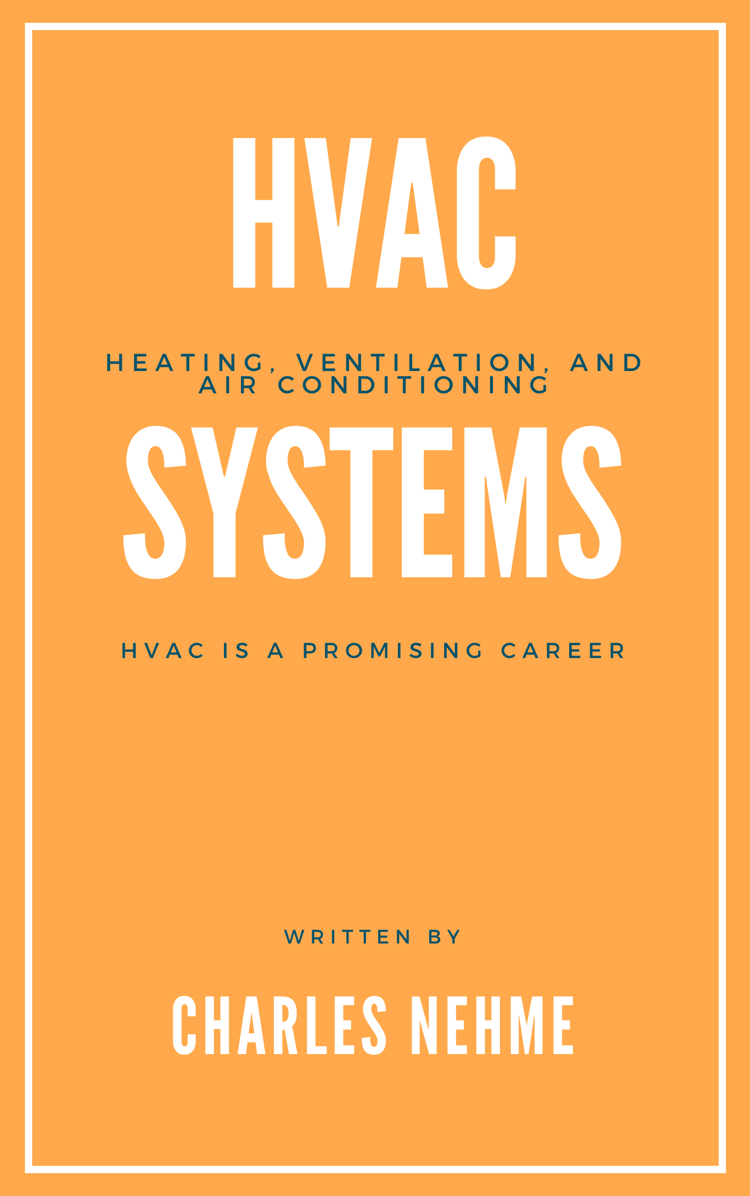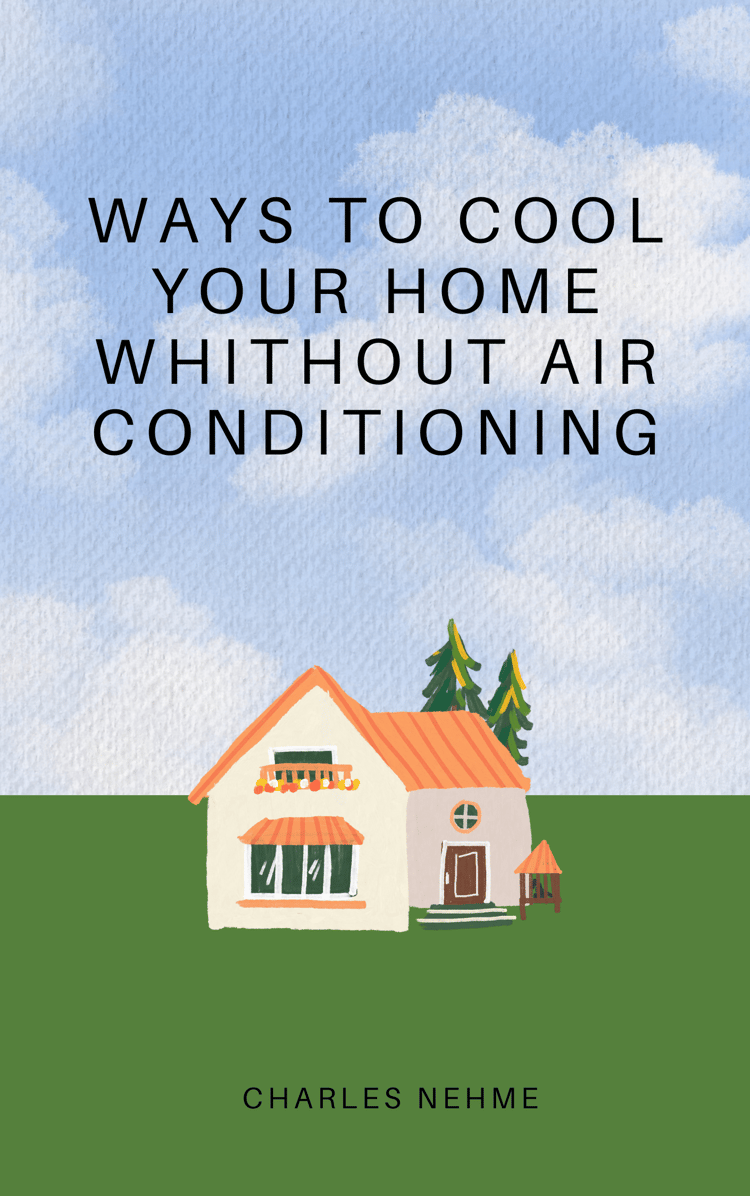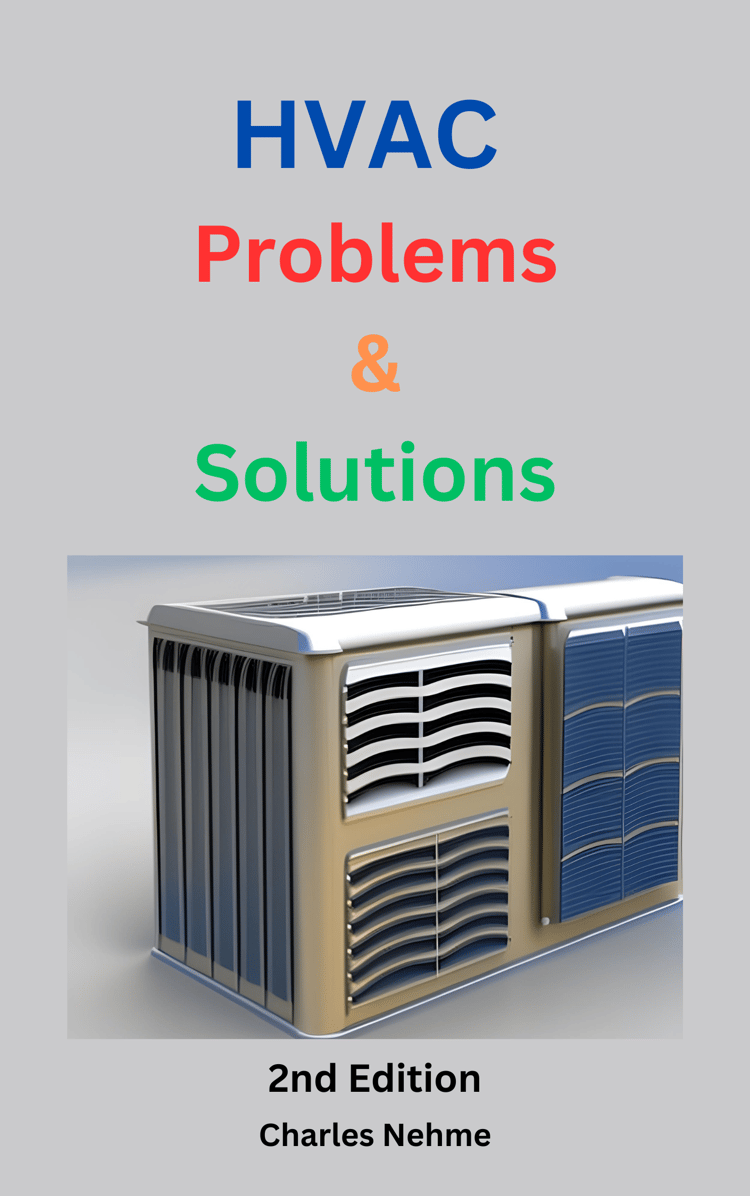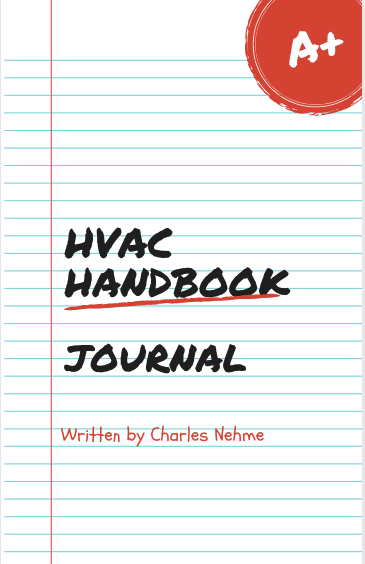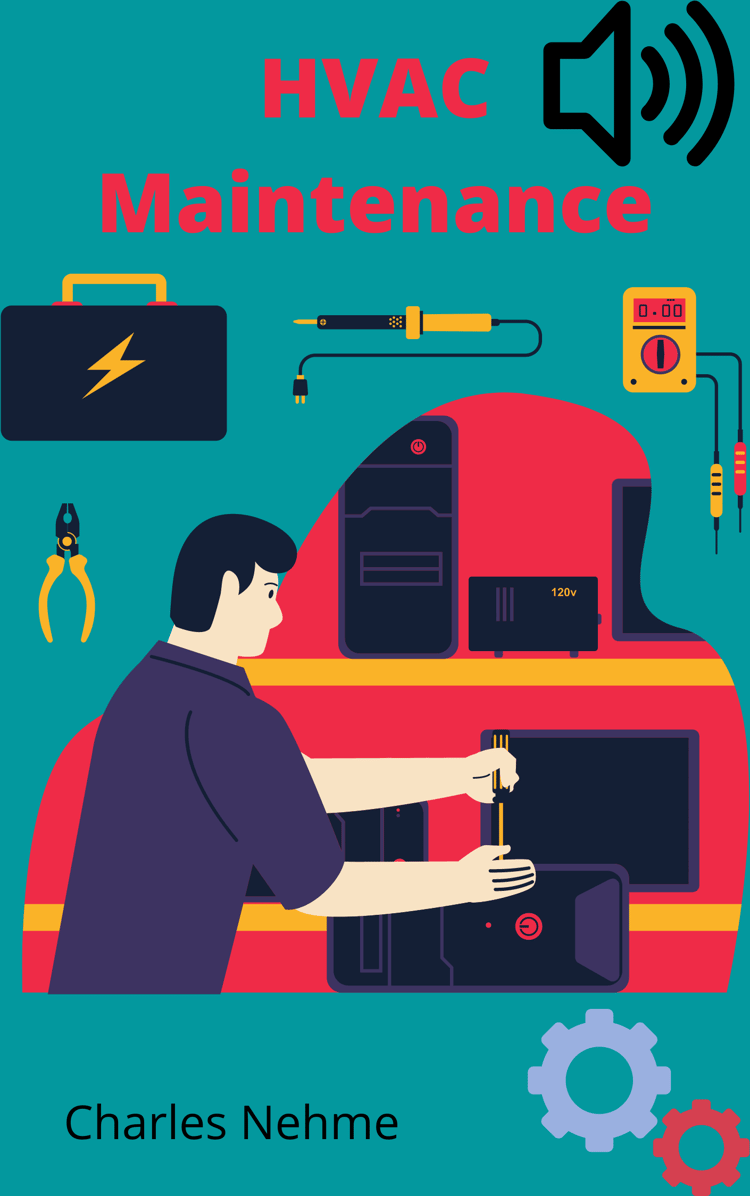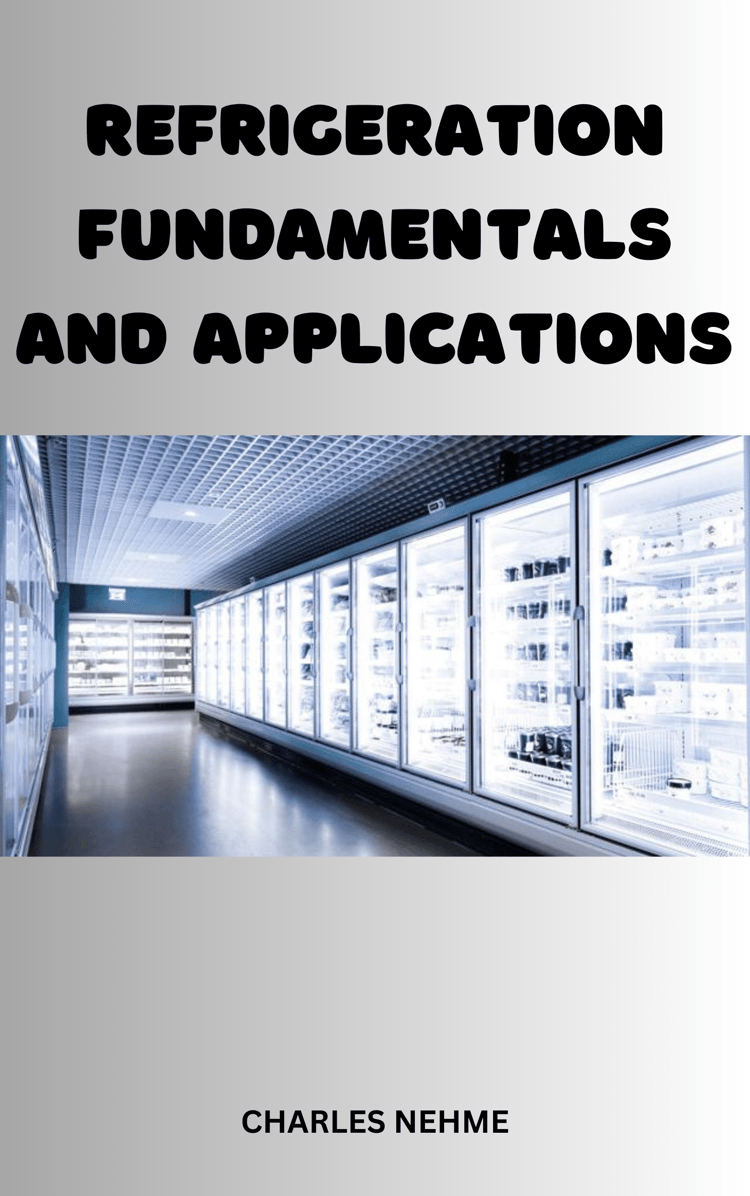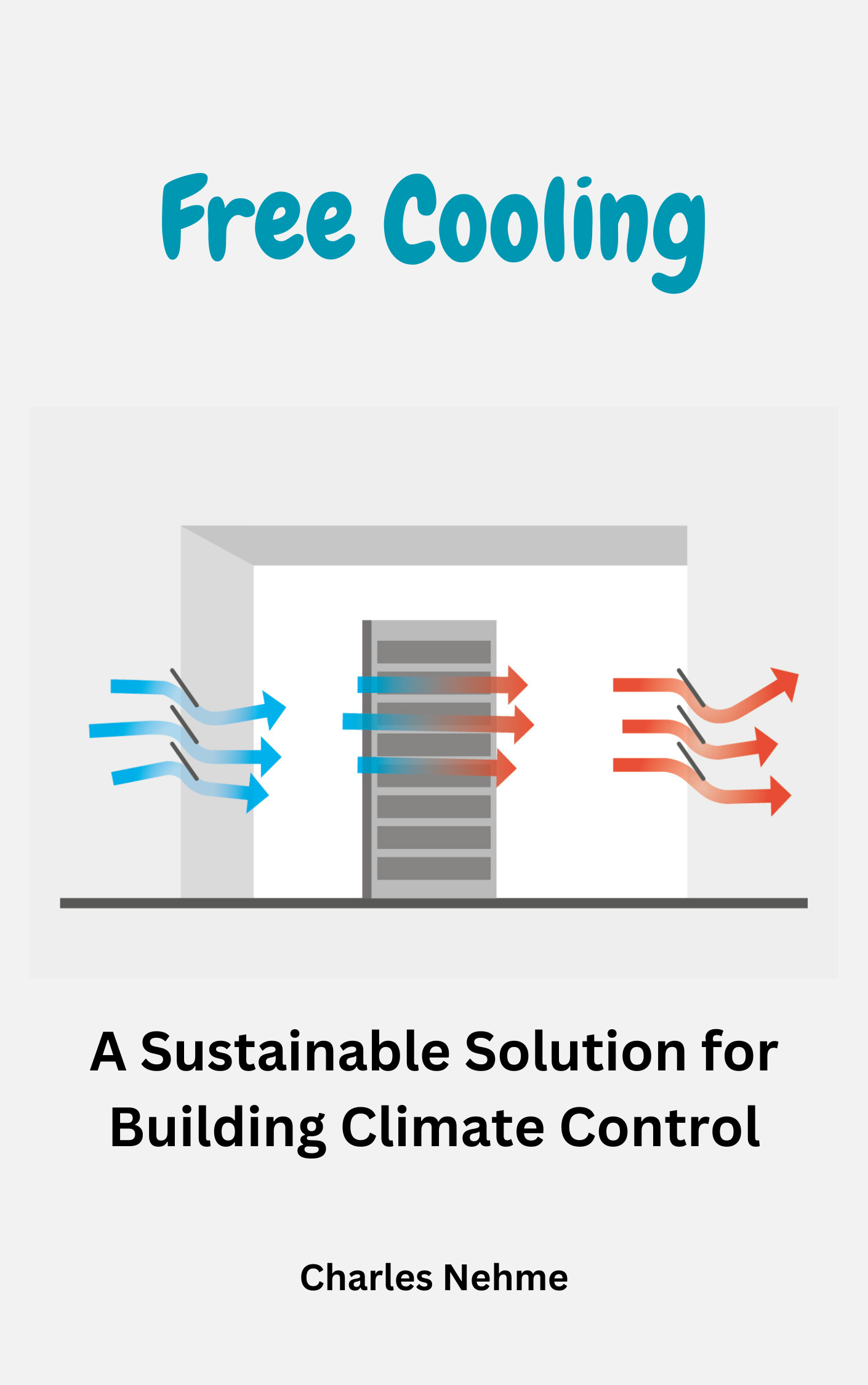
Free Cooling
HVAC free cooling is a technology that uses outside air to cool a building without the use of a mechanical refrigeration system. This can be a very energy-efficient and environmentally friendly way to cool a building, especially in climates with cool winters and moderate summers.
There are two main types of HVAC free cooling: direct and indirect. Direct free cooling systems pass outside air directly over the cooling coil of a chiller or air handling unit (AHU). Indirect free cooling systems use a heat exchanger to transfer heat from the chilled water loop to the outside air.
HVAC free cooling can be used in a wide range of buildings, including commercial buildings, industrial buildings, and data centers.
This book is intended to provide a comprehensive overview of HVAC free cooling, including its benefits, drawbacks, applications, and design and implementation considerations. It is written for a variety of audiences, including building owners, facility managers, engineers, and students.
I hope that this book will be a valuable resource for anyone who is considering or is already using HVAC free cooling.
Q&A
- What is HVAC free cooling?
HVAC free cooling is a process of using outside air to cool a building without the use of a mechanical refrigeration system. It is a very energy-efficient and environmentally friendly way to cool a building.
- How does HVAC free cooling work?
There are two main types of HVAC free cooling: direct and indirect.
Direct free cooling: Direct free cooling systems pass outside air directly over the cooling coil of a chiller or air handling unit (AHU). This is the simplest and most efficient type of free cooling system, but it is only suitable for climates where the outside temperature is consistently cooler than the required chilled water temperature.
Indirect free cooling: Indirect free cooling systems use a heat exchanger to transfer heat from the chilled water loop to the outside air. This type of free cooling system is more expensive than direct free cooling, but it can be used in a wider range of climates, including climates where the outside temperature is not consistently cooler than the required chilled water temperature.
- What are the benefits of HVAC free cooling?
The benefits of HVAC free cooling include:
- Energy savings: Free cooling can save a significant amount of energy, especially in climates with cool winters and moderate summers.
- Reduced greenhouse gas emissions: Free cooling does not produce any greenhouse gases, so it is a very environmentally friendly way to cool a building.
- Extended equipment life: Free cooling can extend the life of mechanical refrigeration equipment by reducing the amount of time that it needs to run.
- Reduced maintenance costs: Free cooling systems require less maintenance than mechanical refrigeration systems.
- What are the drawbacks of HVAC free cooling?
The drawbacks of HVAC free cooling include:
- Initial cost: The initial cost of installing a free cooling system may be higher than the cost of installing a traditional HVAC system. However, the energy savings can offset the initial cost over time.
- Climate: Free cooling is most effective in climates with cool winters and moderate summers. In hotter climates, a hybrid system that uses both free cooling and mechanical refrigeration may be necessary.
- Space requirements: Free cooling systems may require more space than traditional HVAC systems. This is because direct free cooling systems require a direct path for outside air to flow over the cooling coil. Indirect free cooling systems require space for the heat exchanger and the pump.
- What types of buildings can use HVAC free cooling?
HVAC free cooling can be used in a wide range of buildings, including commercial buildings, industrial buildings, and data centers.
- How can I determine if HVAC free cooling is right for my building?
To determine if HVAC free cooling is right for your building, you should consider the following factors:
- Climate: Is the climate in your area suitable for free cooling?
- Building cooling load: How much cooling does your building need?
- Budget: Can you afford the initial cost of installing a free cooling system?
- Space: Is there enough space in your building for a free cooling system?
- How much can I save on energy costs with HVAC free cooling?
The amount of energy that you can save with HVAC free cooling will depend on a number of factors, including the climate, the building cooling load, and the type of free cooling system that you install. However, in many cases, free cooling can save up to 90% of the energy that would be required to cool a building using a mechanical refrigeration system.
- What is the payback period for an HVAC free cooling system?
The payback period for an HVAC free cooling system will depend on the initial cost of the system and the amount of energy that you save. However, in many cases, the payback period for an HVAC free cooling system is less than five years.
- How do I maintain an HVAC free cooling system?
HVAC free cooling systems require less maintenance than mechanical refrigeration systems. However, it is important to regularly clean the cooling coil and heat exchanger (if applicable). It is also important to check the controls for proper operation.
- How can I find a qualified HVAC contractor to install an HVAC free cooling system?
To find a qualified HVAC contractor to install an HVAC free cooling system, you can ask for referrals from friends, family, or colleagues. You can also search online for HVAC contractors in your area. Once you have found a few potential contractors, be sure to get quotes from each one and ask about their experience with installing HVAC free cooling systems.


